Bars can lose roughly 20 percent of their inventory to free drinks, over pouring and theft unless it is managed in a very specific way. This percentage of loss is greater than in many other types of businesses.
At Sculpture Hospitality, we’ve used this statistic to help us best serve clients like you for the last 30+ years. Paramount's Bar Rescue pointed out several dramatic examples of how this loss can happen.
Dozens of bar inventory apps are also hitting the market as the practice of better tracking and managing inventory is becoming increasingly common. So, how can this information assist you in running your business?
Missing product has two potential values - retail and cost. If the loss happens because a bartender spilled a 1.25 oz. shot of Patron, the business will lose the $1.77 replacement cost value of that shot. If the loss happens because the shot was given to a customer for free, the business will lose the retail value of the same shot, which sells for an average of $9.39 here in Chicago.
Which of these two scenarios happens more often?
We typically discover that 70 percent of inventory losses are at retail value, while just the remaining 30 percent are at customer cost. Many operators might not know this. Successfully maintaining losses at only 3 percent often results in a 5-10 percent increase to top line sales. In addition, this is done without increasing customer traffic because more served drinks end up in the POS system.
Why Bars Tend to Lose More Than Other Businesses
Counting money is a standard operating procedure for every business. At minimum, cash register money is precisely counted and balanced against the daily sales total or POS system. This checks and balances tool is not an accusation of theft, but a necessary element to help accurately measure performance and check for any mistakes. If there are any discrepancies in the daily cash count, immediate consequences can occur.
For example, if the cash count is below or above the amount that should be left over after the total daily sales, at minimum, discussion will probably occur. Because of this common discourse and the high importance placed on accurate financing, cash usually balances fairly well in all businesses.
In addition to counting and managing cash flow, retail businesses count their stocks to balance the amount of their inventory was used or sold. All of these things are fairly simple, regular occurrences in most business.
Bars, on the other hand, bars are tricky businesses to control for a variety of reasons.
One being a lack of separation of duties between employees. The same person who takes the order, the bartender, also usually produces the product, delivers it, receives payment and records the transaction. This one employee is essentially creating and carrying out the duties of an entire manufacturing business.
In addition, if a bartender has a tendency to be dishonest, they can easily add $100 to their personal take-home pay each shift by redirecting payments to their tip jar. Even an honest bartender could be tempted to offer drinks on the house or fill glasses above the amount that management finds acceptable.
Complicating things even further, the products, or drinks, that bars produce can come in hundreds of configurations and recipes. They’re also made of liquid, which makes them difficult to count accurately without use of specific tools.
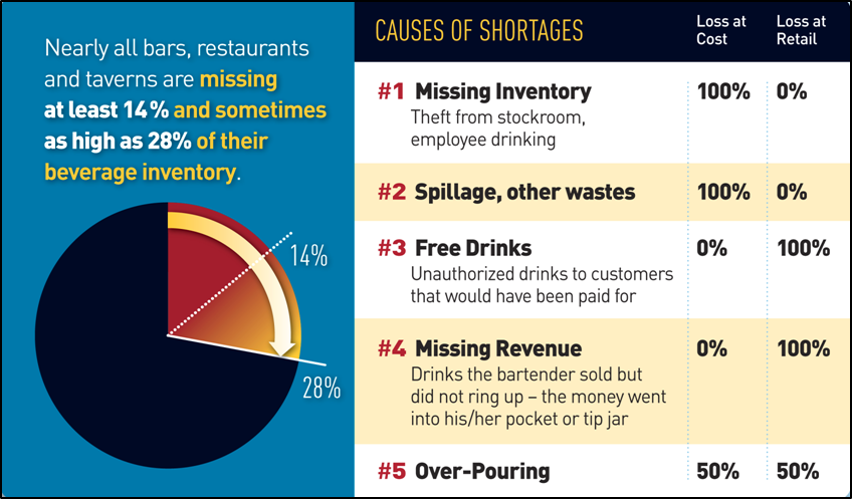
Retail vs. Cost Losses
As previously mentioned, the average bar loses at least 20 percent of inventory. Around 70 percent of that is lost at retail value.
Bar product can go missing for many reasons, some of which are innocent and some not. Missing product can be caused by anything from a lack of training on how to properly comp, to a lack of understanding on the financial impact of giving away free drinks.
Losses from theft, employee drinking, spillage and returns of wrongly made drinks are losses at cost. In these scenarios, the business will lose the replacement value of the product.
Losses from unauthorized free drinks and drinks where payment ended up in the tip jar are losses at retail. Overpouring tends to effect losses at both retail and cost. Although the extra ounce served is a loss of product cost, the customer also might not order as many drinks if they reach their limit on fewer, over-filled drinks.
How Sculpture can Help
None of this is news anymore. However, I still talk to owners who are surprised to learn that the majority of their losses actually occur at the retail value.
At Sculpture Hospitality, we use a specific method of analysis in our auditing that has enabled us to continuously prove this fact in bars and restaurants of all kinds. We begin all client relationships by conducting a series of secret discovery audits with our proprietary liquor inventory control system to determine how much product and income are missing.
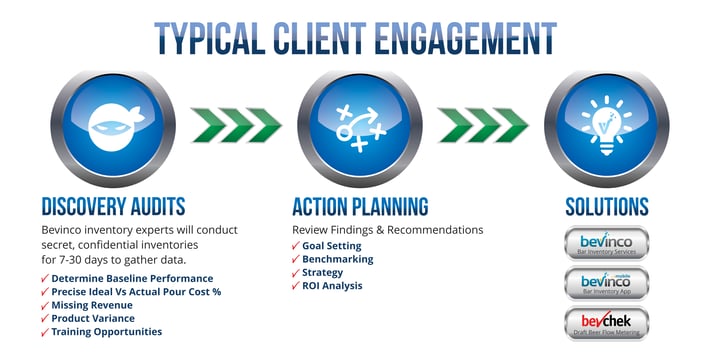
During these audits, we make ninja-like, early morning appearances at the bars where we measure each bottle, weigh each keg and count each beer. Then, over a series of days and weeks, we compare usage to sales and produce a series of performance reports that help determine baseline losses specific to each bottle. I’ve linked to an example below.
Click on the report below to check out Sculpture discovery audit reporting
During this discovery period, we monitor the "profit per drink poured”, which we compare to the data collected after losses have been eliminated. This gives us a clear measurement of how much of the original losses were at cost and which were at retail.
For a typical bar doing weekly sales of $7,000, with a Pour Cost of 25%, annualized Losses are Roughly $50,185
In my 20 years of auditing bars, I’ve met bartenders who occasionally comment that giving a beer away doesn't hurt that much because it just costs $.70 and, after all, it’s "good will." In reality, by doing that, they’re causing the bar to lose the retail value for that beer because the customer didn’t have to pay for it. Good will policies should be managed and controlled by the owner of the bar, not by the employees who are paid to serve it.
We understand that days as an owner or operator can be quite crazy, busy and filled with many important tasks. Even if you’re interested in learning more about how particular inventory losses are impacting your overall business revenue, you might not have the time to dedicate to sorting it out. That’s what we’re here to help with.
We can take care of figuring that out for you and assist in bringing those losses down significantly. After 20 years in this line of work, I continue to enjoy going through this process with bar operators.
If you’re interested in learning more and improving your bar management, check out this short blog post in answer to a question that clients ask us all the time... What is a Good Pour Cost?

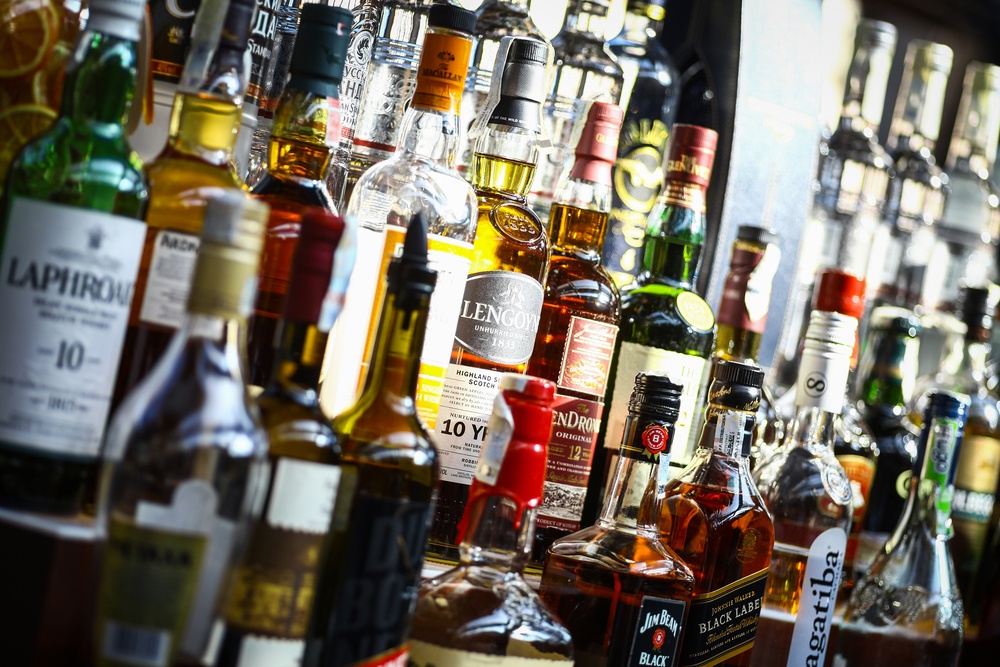
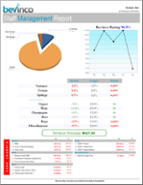



.png)


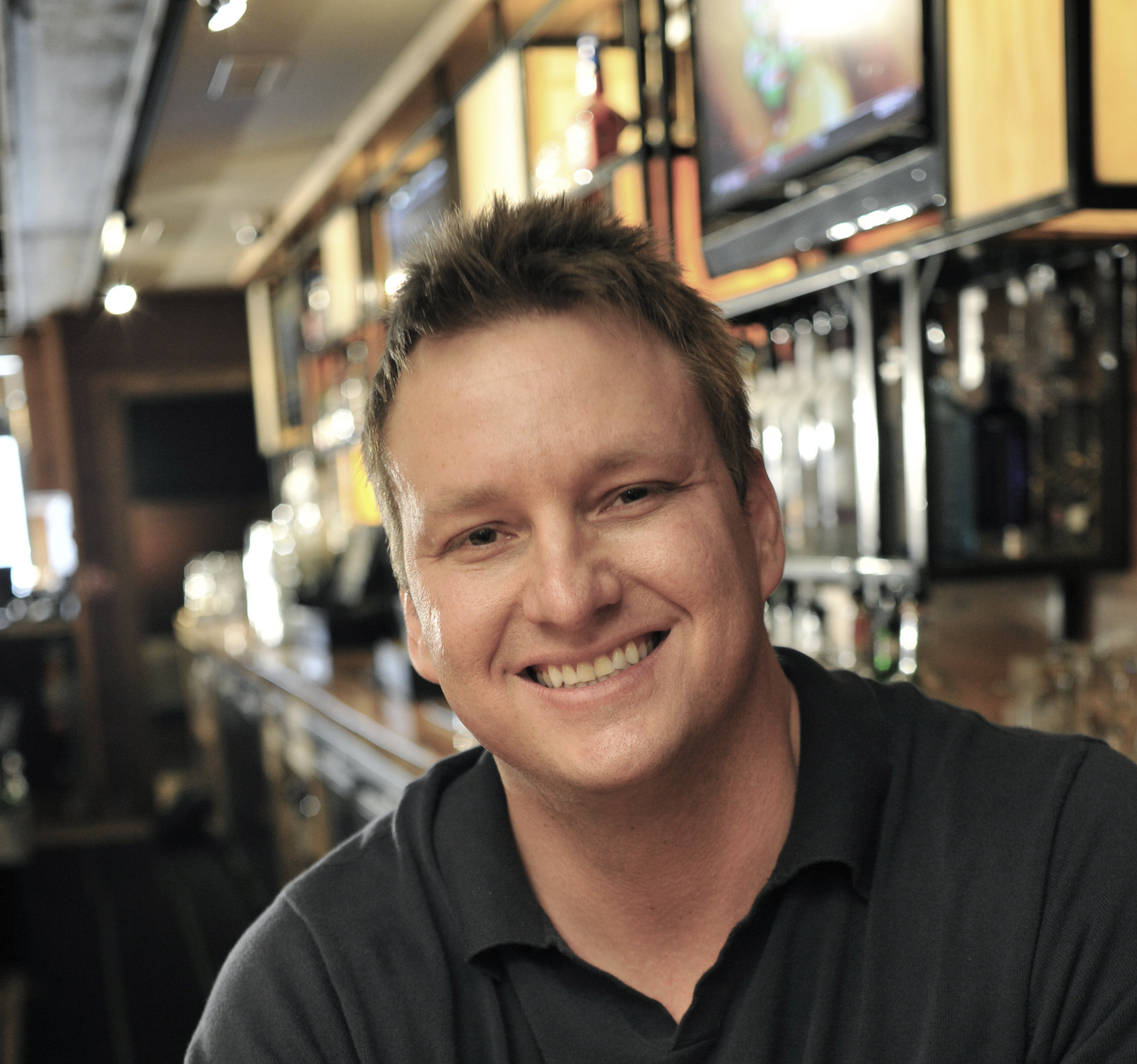

.png?width=520&height=294&name=Sculpture%20Blog%20Banner%20Images%20%5B2025%5D%20(2).png)
